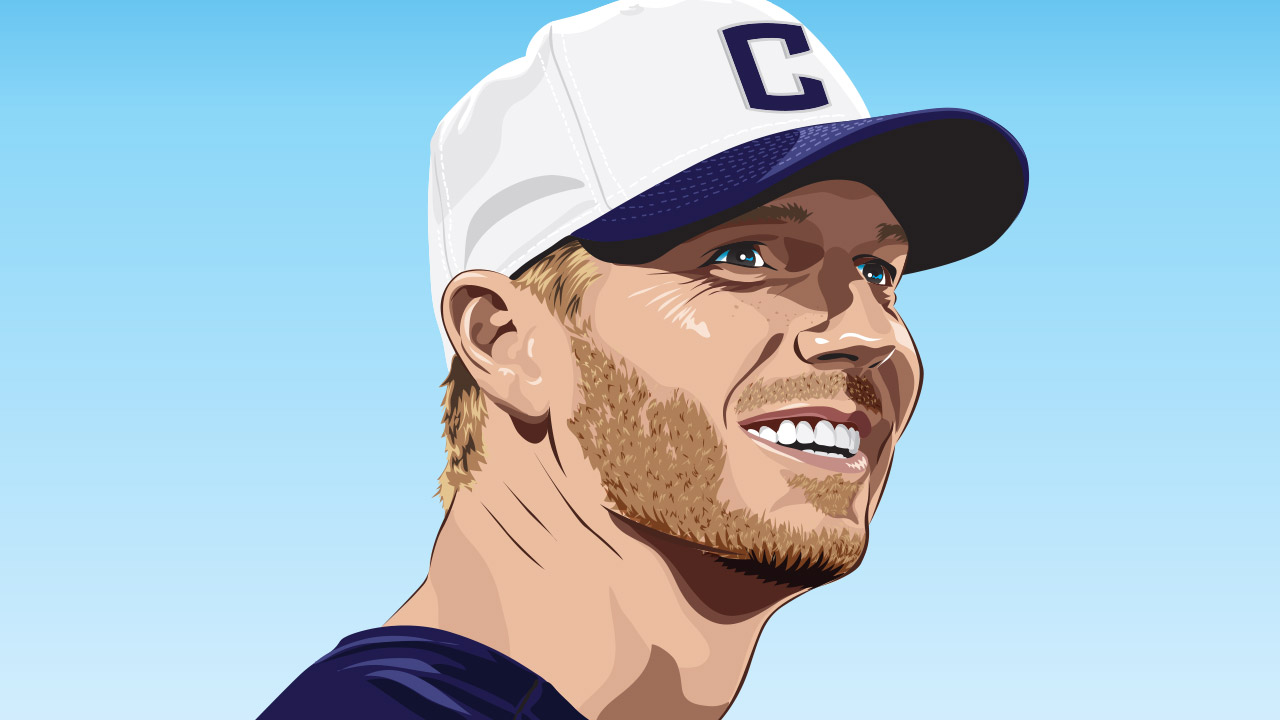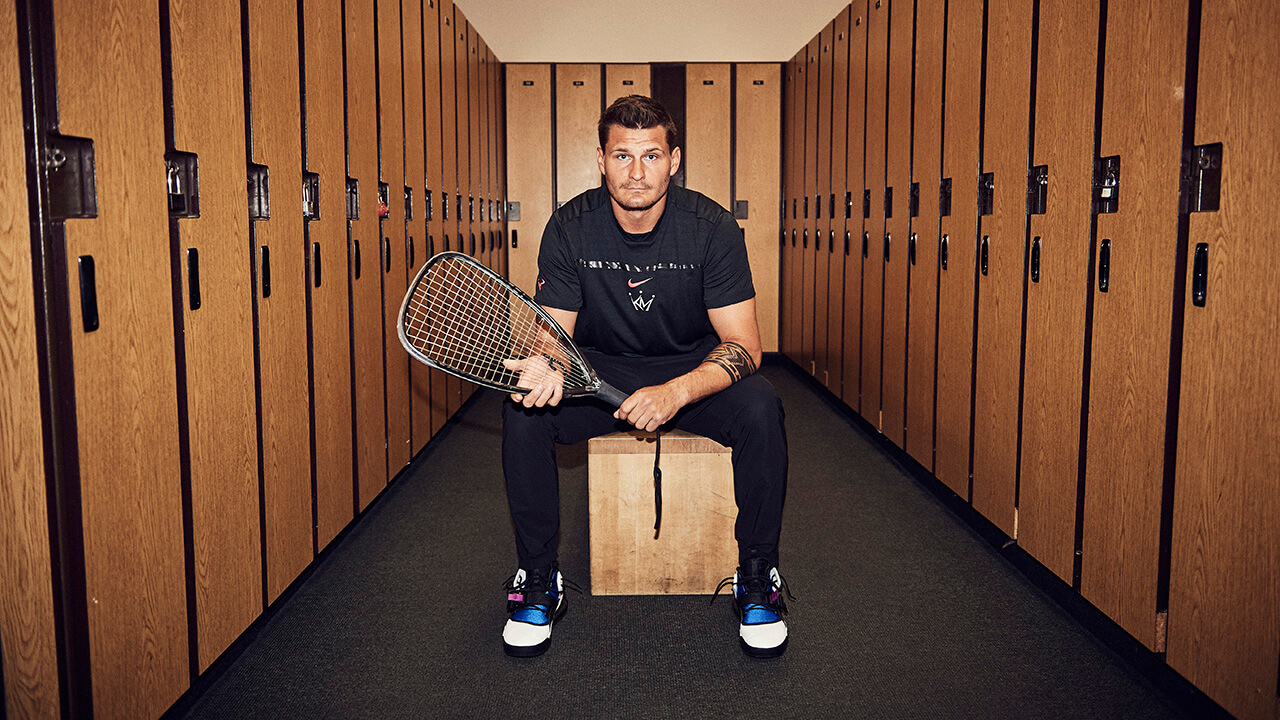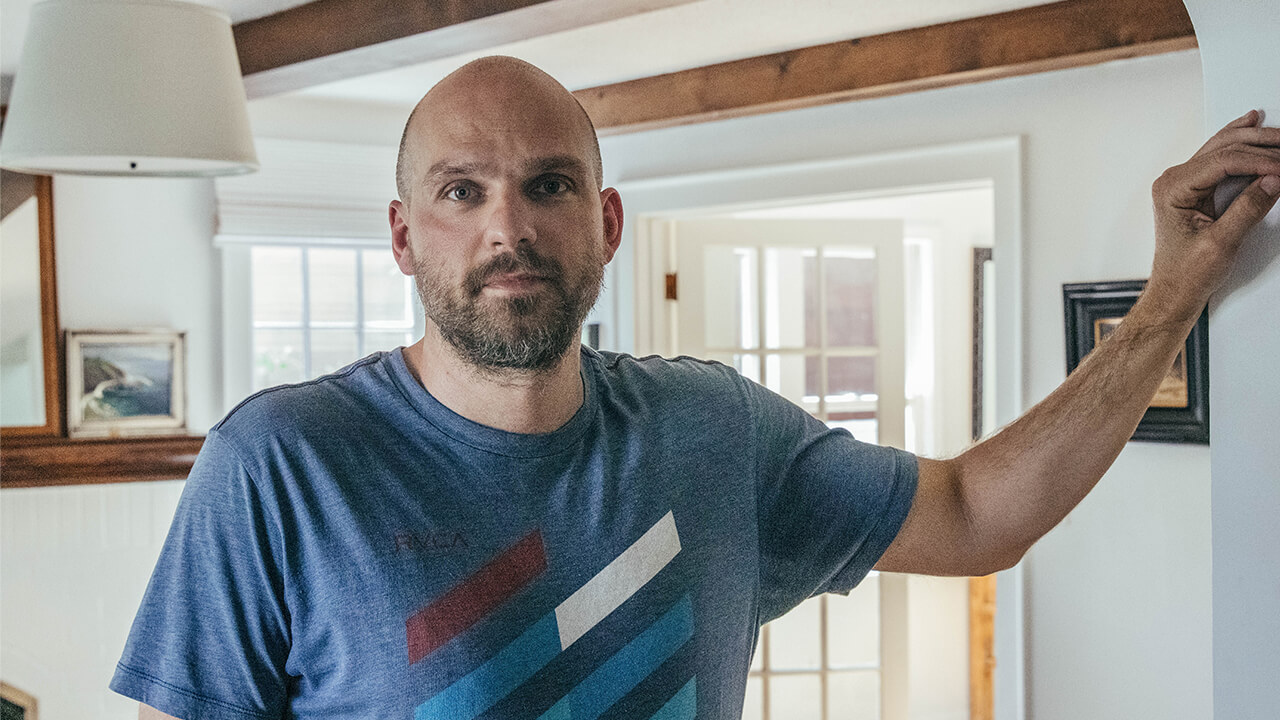A young and green Tom Grieve stood in centre field at Lucas County Stadium in Toledo, Ohio. It was 1969, the bottom of the ninth in a tied ball game, and Grieve’s triple-A Buffalo Bisons were facing a runner on base with two outs. Grieve was one of the few players on the Bisons with actual big-league potential, but he didn’t look it moments later, when a high fly ball was rocketed to right-centre. Grieve and veteran outfielder Sam Bowen bolted at the same time, converging in the gap, but neither called for the play. Instead, both stopped dead in their tracks, counting on the other to make the catch, and watched the ball hit the grass a second later. Game over. Mud Hens win.
It was the sort of mishap that anyone involved with baseball has seen a thousand times, especially in the minors. But Bisons manager Hector Lopez wasn’t his usual mild-mannered self when the 21-year-old Grieve made his way back to the dugout. “Jiminy Criminy!” Lopez exclaimed, genuinely upset. “Somebody’s gotta catch that ball.”
Fifty years later, the moment has thawed for Grieve. “When I think about it, it makes me smile that he said ‘Jiminy Criminy,’” the long-time Texas Ranger says. “But at the time, there was no smiling.”
Lopez’s first and only season as Bisons manager was filled with frustrating moments like Grieve and Bowen’s botched fly. But the Panamanian was always one to filter out the bad and take in the good if it meant being around baseball. A two-time World Series champion with the New York Yankees who manned the outfield alongside legends Mickey Mantle and Roger Maris, the soft-spoken Lopez was often overlooked during his playing days. And like his contributions on the field, what he accomplished after being asked to manage by Hall of Famer and activist Ted Williams remains criminally underappreciated half a century later. Dealt a bad hand with the Bisons, Lopez is still often forgotten as the first black manager in triple-A.
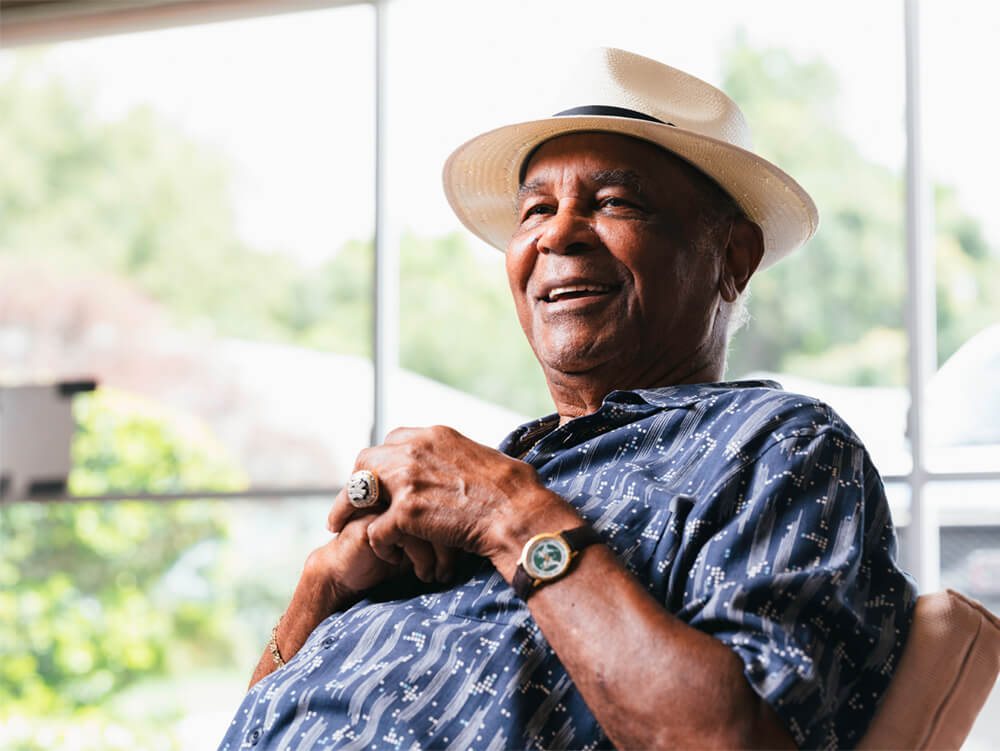
Born in Colón in 1929, Lopez was just the second Panamanian to reach the big-leagues, months behind Humberto Robinson, when he got there in 1955. It was a dream he’d chased since his childhood days by the Canal, when he split his time between playing baseball, watching baseball and impatiently waiting to play or watch baseball. “The Yankees and the Dodgers came to Panama to play a few spring training games,” Lopez, now 90, says by phone from his home in Hudson, Fla., where he’s lived with his wife, Claudette, since 1992. “My favourite player at that time was Phil Rizzuto, I got to see him play. I used to skip classes to go watch him.”
Lopez was a young semi-pro in Panama, making just enough to pay the bills and still counting on his parents’ financial help as he vied to catch the eye of the many scouts who hovered around the Panamanian leagues. At 21, he signed his first contract to play in North America and was on his way to Saint-Hyacinthe, Que., for an entire 1951 season of Class-C ball with the Drummondville Cubs. It was a key turning point on his path to Major League Baseball. Still, his first impression was typical of a Latin-American moving north. “When I got to Canada it was about 40 F, and I had left Panama, where it’s usually 70, 80,” he says. “The owner of the team had to buy me clothes. He wanted to make sure I had a lot of woolen stuff to wear.”
Lopez quickly became Drummondville’s top prospect while adjusting to a frigid life away from home, making handshake deals with landlords and restaurant owners and hustling to pay his bills on the 15th of every month. He doesn’t remember much about the town. His focus lay elsewhere. His entire life and livelihood hinged on performing well. “I was there just to play baseball,” he says. “I was there to make a living. I didn’t get around too much.”
It didn’t take long for that focus and commitment to pay off. Lopez’s defence still needed some work, but with an above-average bat and a good eye for the baseball, the young shortstop caught the attention of the Philadelphia Athletics, who kept him on the Cubs after incorporating the team into their minor-league system in 1952. Two years later, back in Canada for a triple-A stint with the Ottawa A’s, Lopez turned in a .316 average and .813 OPS with 53 RBI in 132 games. The following year, he earned a promotion to the big leagues.
In his first four seasons in the majors, Lopez looked on track to become one of the many renowned names of the 1950s and ’60s era. Earning his first promotion during the 1955 season in the Athletics’ new home in Kansas City, he had no problem carrying his work ethic to the main stage. He continued to improve at the plate and, in 1957, broke the franchise’s hit-streak record at the time. “Twenty-two straight games with a base hit,” Lopez says, his voice warming to the rare moment of outward pride. “I didn’t even know it was a record, I didn’t even know I was hitting 22 straight games. Someone came over to me and said, ‘Hey, you know, you’ve hit for 22 straight games,’ and I said, ‘Are you kidding me?’”
After four years in Kansas City, Lopez’s standout performance at the plate combined with his team’s losing records led to a predictable outcome: He was traded to the Yankees, along with Roger Maris, during the 1959 season.
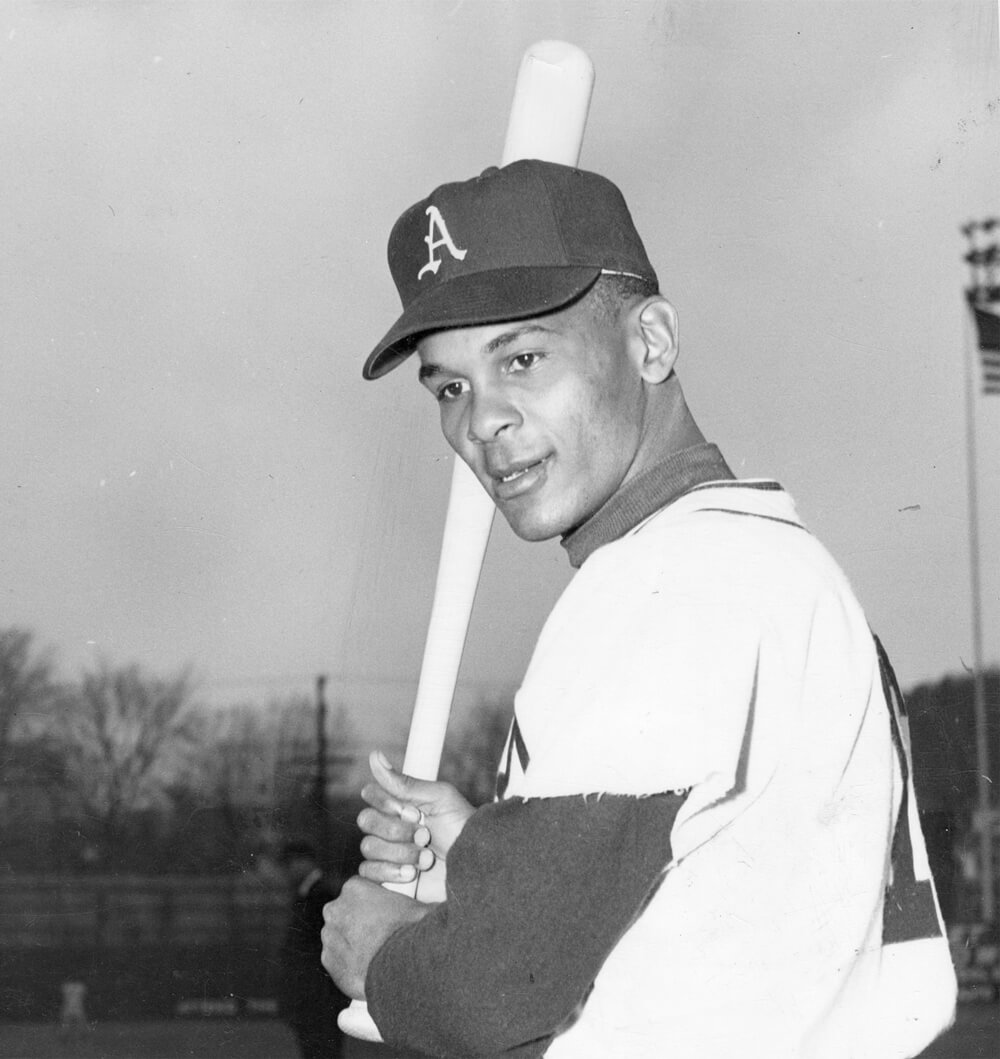
Moving to New York was like getting called up to the big leagues all over again — a time when everything was new and exciting, but also a time of upheaval and adaptation. While there was clear value in his bat, Lopez had committed 11 errors in 33 games at second base with the Royals that year and his sub-par defence forced the Bombers to move him from a competitive middle infield to third — where he played for most of 1959 — and then to the outfield.
Despite the changes of position, Lopez stayed as positive as ever. The move to the outfield meant that, for the first time in his major-league career, he was no longer an everyday player, instead platooning in left with one of the team’s three eventual Hall of Famers, Yogi Berra. But he was still contributing to a juggernaut that would reach five World Series in a row. And when he did take the field, he found himself standing alongside two of the game’s biggest stars, Mantle and Maris. “The Big Boys,” he says simply. “They were very good people .… Those were good days.”
On At the Letters, Ben Nicholson-Smith and Arden Zwelling take fans inside the Blue Jays and around MLB with news, analysis and interviews
In another rare moment of carefree, indulgent pride as he thinks back on those years in New York, Lopez highlights his performance in the 1961 World Series, a crucial, surprising surge that guided the Yankees’ road to redemption after the prior year’s loss to the Pittsburgh Pirates. “I drove in seven runs,” he says, proudly. His tone is that of someone with no use for outside praise, no need for third-party validation. The pride in remembering an accomplishment nearly 50 years old is enough firewood for a lifetime of warmth. “I won’t forget that. I’ll never forget something like that. That was a lot of runs.”
His seven RBI and 1.343 OPS were nearly enough to earn him MVP honours, if not for Cy Young-winning pitcher Whitey Ford, who didn’t allow a single run in his two starts. “I was behind him,” Lopez says.
World Series MVP runner-up would soon prove to be his peak. As the dynasty started to wane, the Yankees pushed Lopez to the margins of the team to make room for the next generation. By 1966, at the age of 36, he was talented enough to play in the majors, but not in the Bronx. “I was still playing pretty good ball,” Lopez says. “I was hitting .294, I was hitting the ball. Still had a little stuff in me.”
Out of options and tethered to the Yankees in an era before free agency, he turned to triple-A. It was time for a change.
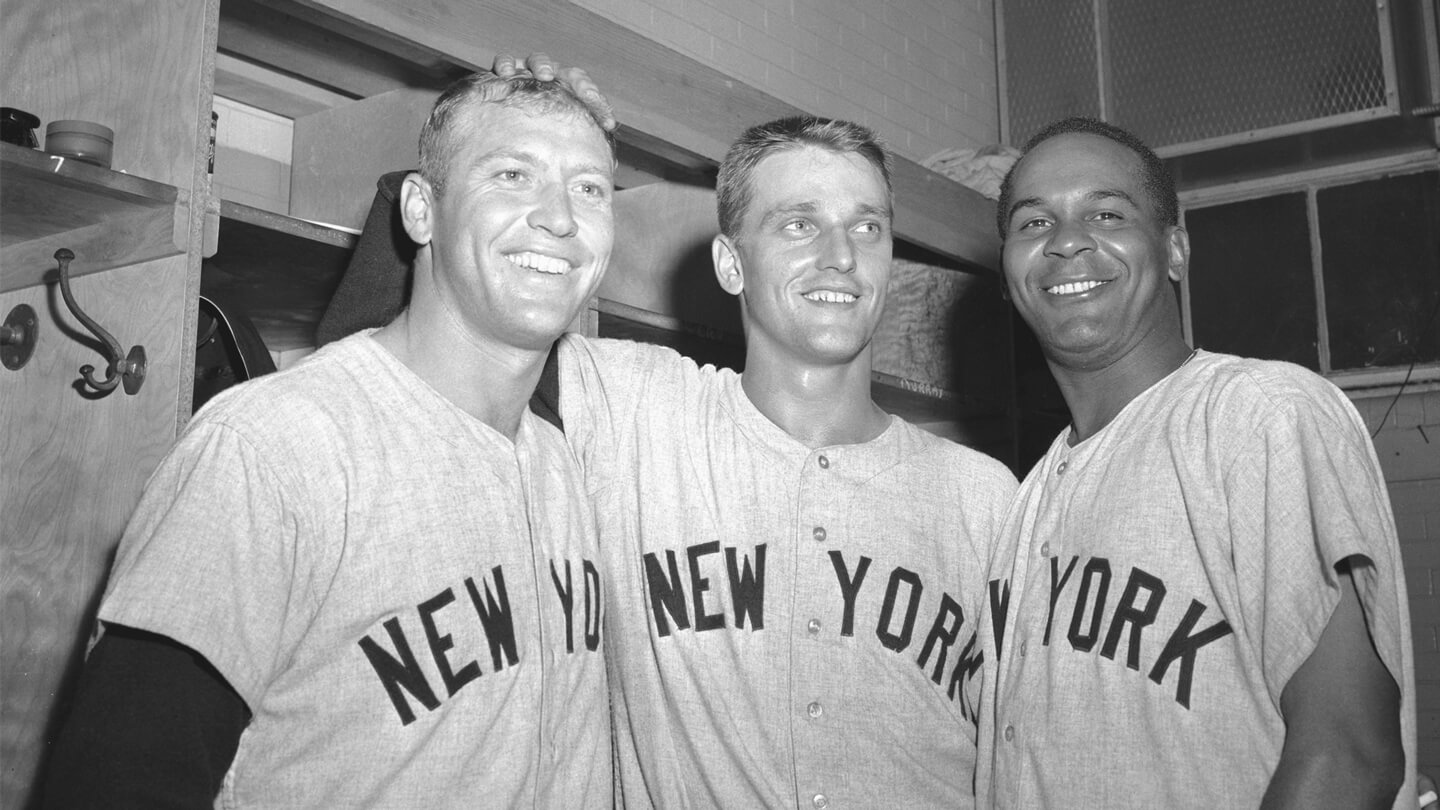
Lopez spent 1967, his first year back in the minors, in Hawaii with the Washington Senators’ minor-league affiliate. When the franchise moved its triple-A squad to Buffalo the following year, Lopez followed, giving the team another season in 1968 before taking a sober look at his career prospects at 37. He didn’t have a long-term plan and it was clear he’d reached the fork in the road that comes for every professional player, the time to set ego aside in order to leave behind a dignified legacy: The 1969 season, he decided, would be his last.
He was practising in Plant City, Fla., where the Senators’ minor-leaguers spent spring training, on a blue-sky February day in 1969, when he heard one of the most recognizable voices in the game calling his name. “Hector, what’s up?” asked Hall of Famer and recently hired Senators manager Ted Williams as he approached. With him was Bob Short, the team’s owner.
Williams and Lopez had seen quite a bit of each other in the couple of years that Lopez’s eight-season stint in New York overlapped with Williams’s otherworldly career in Boston. They weren’t best friends, but they weren’t strangers, either. The Red Sox legend was in Plant City to offer a third-base coaching job to Wayne Terwilliger, then the Senators’ triple-A manager. The sight of his old peer and the pressing need for a replacement with the Bisons sparked a ground-breaking decision.
“How would you like to manage?” Williams asked Lopez.
In addition to being a decorated pilot in World War II who’d finished his playing days with 521 home runs and a .344 career batting average, Williams was thought of as a man ahead of his time. Part of his Hall of Fame induction speech in 1966 had focused on the plight of black baseball players and a call for renewed respect and recognition, especially for the players in the Negro Leagues. “He was so much more than just a baseball player and a hitter,” says Grieve, who had Williams as a manager for three years in the big leagues. “When you really delve into him, you have to admire what a truly intelligent guy he was.”
Lopez, on the field in his Bisons uniform, gave his answer without so much as a moment’s hesitation — the answer that would bring an end to his days playing the game he’d loved since he was a boy in Colón — unaware of what it would mean for the game of baseball. “Sure,” he told Williams. “I gotta pay rent.”
Not long after that impromptu run-in, Lopez stood at a podium in front of members of the press as Williams and Short introduced him as the first black manager in triple-A history.
“I’m proud to be the first Negro to manage in the International League,” he said at the time.
“This is baseball, the American game; we don’t pick by colour,” Short added.
It was the most attention Lopez’s ground-breaking accomplishment would ever receive — lost in the haze of an expansion year that saw Canada get its first major-league team in Montreal, along with Kansas City, Seattle and San Diego, and drowned out by the rush of attention for Williams’s first season as a major-league manager. Nevertheless, it’s worth underlining just how significant a feat it was: Lopez achieved the position six years before Frank Robinson became the first black manager in Major League Baseball, and only two men of colour had managed in the minor leagues before him: Sam Bankhead, in 1951, and Gene Baker, in 1961, both in the Pirates’ minor-league system.
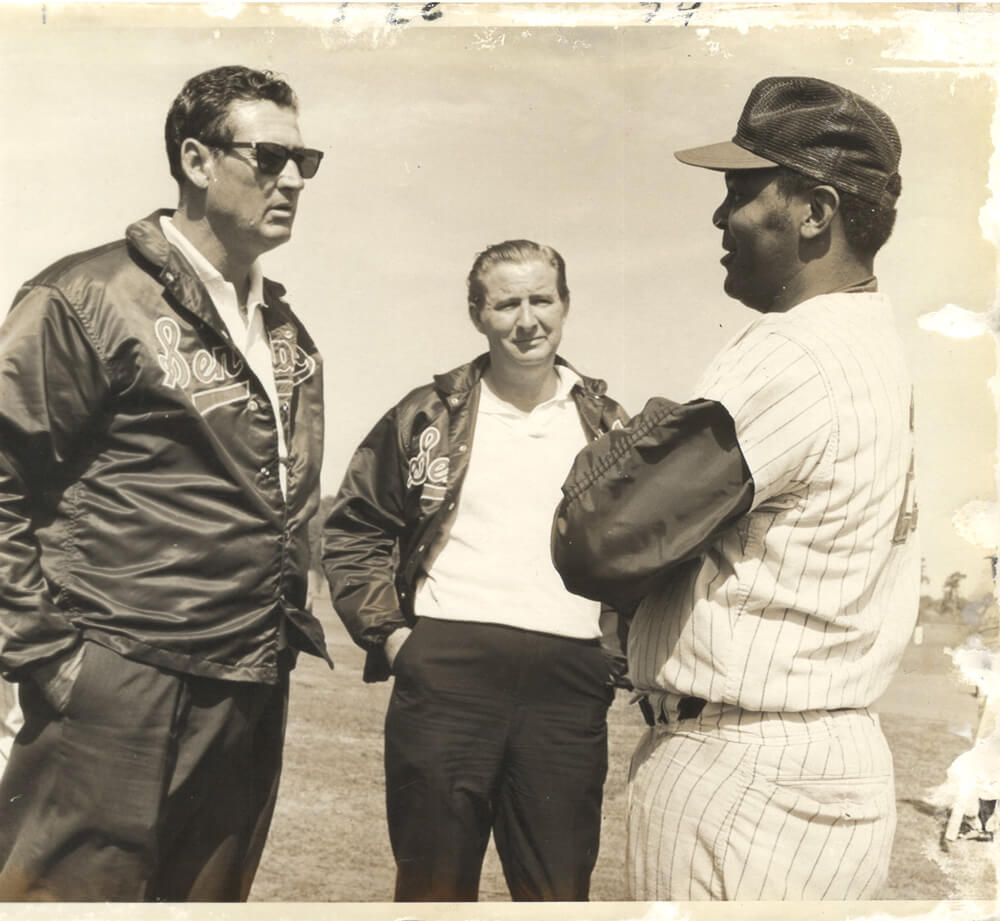
Once the fanfare and formalities of his introduction were over, it was time for Lopez to get to work, and the job was everything one could expect out of a minor-league team in the 1960s. Lopez found himself managing a group of misfits who had either never made it to the majors or were on a downward trajectory. Grieve was one of the few exceptions, a truly promising prospect with major-league potential who’d been parachuted into Buffalo after skipping double-A altogether.
The Bisons split their home games between War Memorial Stadium in Buffalo and an amateur ballpark in Niagara Falls, N.Y., a venue so unfit for professional baseball it didn’t even have concession stands. “There couldn’t have been more than a handful of teams that played in a worse field than that,” says Grieve. “That was a bad place to play.”
Lopez doesn’t waver when reminded of those poor conditions, skillfully tilting reality to the bright side, then and now. “You’re there to play well, to play anytime,” he says. “You get together and everybody has to play, the opposing team has to play there also. So, it wasn’t a problem for me, with the ballpark in Niagara. It was minor-league.”
There wasn’t much Lopez was willing to see, or at least acknowledge, as a problem. A team predominantly comprised of white men who had never played for a black manager could have quickly devolved into racism and resentment. But, whatever discrimination Lopez may have faced, the manager chose to tune out all the noise, refusing to even acknowledge that there was any reason for bigotry. “My father is a very proud man. You know how baseball players are,” says Darrol Lopez, Hector’s son. “[He’d say] ‘I’m not a Hispanic player. I’m a ballplayer.’ I think he took that same attitude as a coach.”

Lopez focused on the challenges in front of him as a minor-league manager. The biggest one might have been the team’s performance in itself. The Bisons finished with a 58–78 record, second last in the International League, an unsurprising result for a group of almost-retired pros.
At the same time, he never gave into any awkwardness that might have arisen from managing his former teammates. “I thought it was very interesting. I knew baseball. I knew most of the players. I knew what they could do,” says Lopez. “They were ballplayers. They were there to play. And I was just there to make sure they were doing the right thing. If they weren’t, I would let them know. They understood that. They knew me, I was no stranger to those guys.”
That air of quiet confidence was part of the serene-yet-unflappable presence Lopez quickly established. “I remember him being very patient, very calm, reassuring,” Grieve says. “And for me, playing above the level that I should have been, overmatched that year, that type of manager was perfect for my disposition.”
Amid poor play and ever-moving parts, the manager held his head high all year long, but one aspect of that season still nags at him. After the puffed-up introduction and words of inclusion, when the campaign actually got underway, there was a void between Buffalo and Washington. Too busy trying to turn the Senators around, Williams never reached out. “He announced me as the manager for the Buffalo Bisons, we talked, we signed papers, got the coaching staff together,” Lopez says dryly. “And after that, Ted had nothing to say.”

Perhaps spurred by the horrible conditions their players faced in Niagara, the Senators decided to move their triple-A team to Denver in 1970. Its barrier-breaking manager, however, was no longer part of the greater plan. “They didn’t ask me if I wanted to manage again,” Lopez says, a touch of disappointment in his voice. “I’ll put it this way: They didn’t offer me a contract.”
Unaffiliated with any major-league organization for the first time since being picked up by the A’s nearly 20 years earlier, Lopez moved to Venezuela and took a job managing in Winter Ball. That stint led to a minor-league job with the Giants before he found his way back to the Yankees organization in the early ’90s, first as a scout, and later as an outfield coach in the Gulf Coast League.
A high point in Lopez’s career after the Bisons came when he managed the Panamanian national team at the 2009 World Baseball Classic. His native country seems to be the only place where Lopez has received a fitting level of recognition. More than that, as only the second Panamanian to make MLB and the first-ever black manager in triple-A, he is revered in his home country to this day. “They have a nickname for him down there. They call him Don Hector, like Don Corleone,” Darrol Lopez laughs. “I think they hold him in high regard for being the first Panamanian to play in and win a World Series.”
Following his last season with the Yankees, Lopez was welcomed in Colón with a parade. For the first time in forever, he was the centre of attention. Years later, he was once again the main attraction at an event in Panama City that gathered a handful of Latin Hall-of-Famers. “He was just as important as those guys down in Panama. That was really something else,” Darrol says. “I could just see how proud my father was, he just had a glow about him, being around these guys, being in his home country and hometown. I was just like, ‘Wow, look at my father.’ He doesn’t talk about it, but I can see it.”
After settling in Hudson, Lopez eventually went back to managing, this time for a local Little League team that has yet to win a game this season. “Ten-, 11- and 12-year-olds playing baseball. We’re 0–12,” he laughs. “We haven’t won a game yet. But I have fun with my friend, he and I coach and we have a good time with the kids.”
Safe to say, he’s the first coach they’ve ever had who wears a World Series ring to the park. Lopez’s ring from the 1961 Series is the most obvious hint at just how dearly he holds his own place in baseball history. It never leaves his finger. Of course, he has another one, as well as five American League championship rings. His wife holds the 1962 World Series jewelry. Lopez gave it to her as a gift after he retired. As for the AL rings, they were distributed among his sons and grandson.
You won’t find Lopez’s name in Cooperstown, or even the Buffalo Baseball Hall of Fame. But, at 90, the first black manager in triple-A is comfortable with his anonymity. He’s never needed outside validation, even if he does deserve more.
“I did my share.”
Designed and edited by Evan Rosser.

